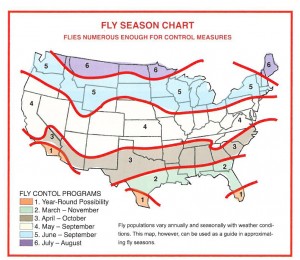 Fly Population Control
Fly Population Control
The inclusion of Rabon®* in Loomix 4X gives cattle protection against all four major profit-robbing and nuisance flies: horn flies, face flies, stable flies and house flies. Horn flies alone cost the cattle industry an estimated $1 billion annually (USDA estimate).
Consumption Control
Loomix 4X provides controlled free-choice consumption in a liquid form and offers a convenient, effective solution to profit-robbing flies.
Cost Control
Keep your wallet full…let Loomix 4X go to work for you!
1. What is the active ingredient in Loomix 4X?
Rabon® Oral Larvicide.
2. What types of flies does Rabon® control?
Horn flies, face flies, house flies, and stable flies.
3. How much of a problem are horn, face, house, and stable flies?
It has been estimated that horn flies alone cost the cattle industry $1 billion yearly. It’s no secret that flies can have a severely significant impact on cattle performance…from weight loss to lower milk production.
4. Why is Rabon® so effective on flies?
Rabon® Oral Larvicide passes through the digestive system into the animal’s manure, killing fly larvae on contact shortly after fly eggs hatch. By preventing larval development, Rabon® Oral Larvicide helps to control adult fly populations.
5. What effect does Rabon® have on the environment?
Rabon® Oral
Larvicide does not affect beneficial insects such as dung beetles or other insect predators that normally inhabit the manure. The manure from treated cattle may be used immediately as fertilizer.
6. Is Rabon® toxic?
The toxicology of Rabon® Oral Larvicide has been investigated in extensive field and laboratory studies in
both domestic
animals and wildlife. Cattle of both sexes, various ages and breeds, and maintained under a variety of management conditions, have been treated with many times the recommended dose. Milk production, reproduction, growth, and feed efficiency were not adversely affected.
7. How soon do I need to start feeding Loomix 4X to deter fly populations?
Cattle should start consuming Rabon®-containing products at least two to three weeks prior to expected fly population emergence. This will typically range by region, but in general can be as early as March 15th for states as far south as Kansas and Oklahoma. The diagram below gives a general idea on when flies are expected to emerge based on geographic area.
*Rabon
is a registered trademark of Bayer® Animal Health.
